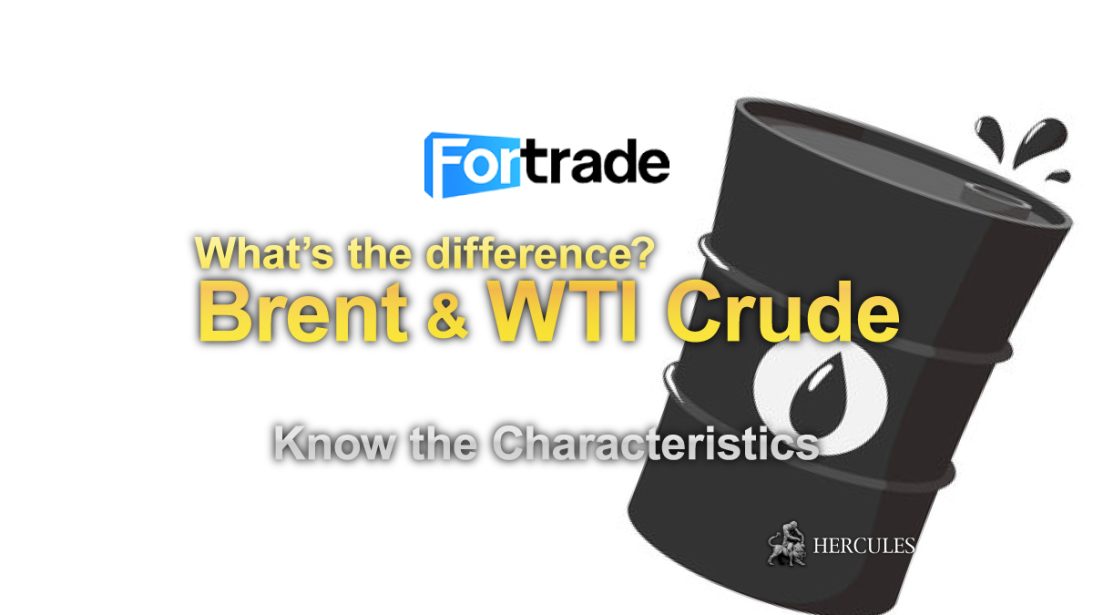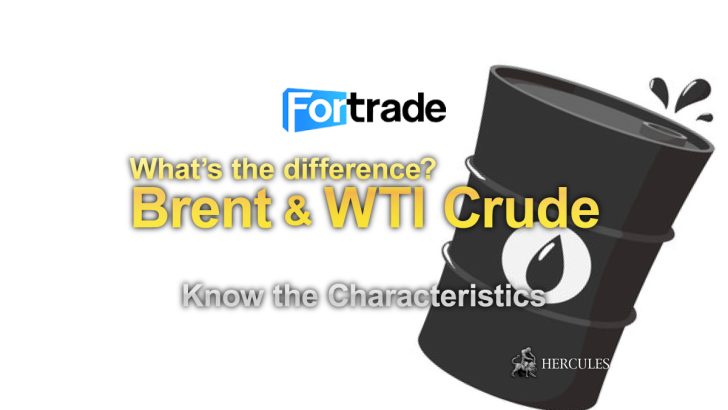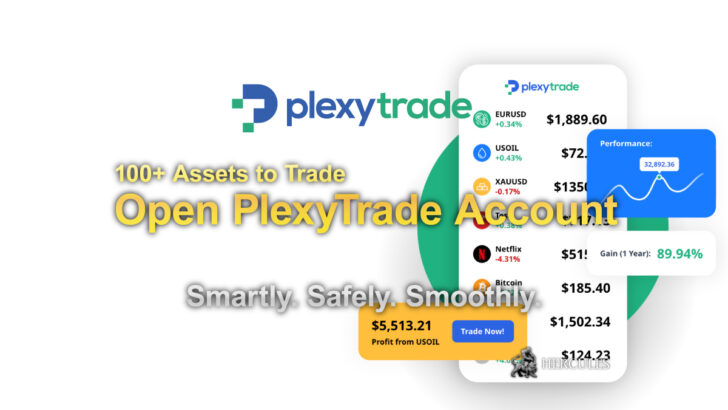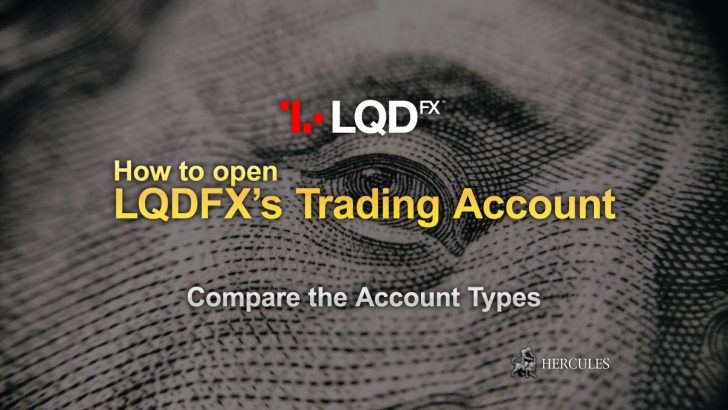What is the difference between Brent Crude & WTI Crude?
Before start trading Oil CFDs, learn the difference between Brent Crude and WTI Crude.


Brent crude and West Texas Intermediate (WTI) crude—these two types of oil have long been the topic of discussion in the energy trading sector. Acting as benchmarks, they serve as crucial reference points that set the tone for oil prices worldwide, thus dictating the buying and selling prices of crude and related securities. Essentially, these benchmarks are reference baskets for global financial markets, setting a price for the crude oil traded under term contracts, enabling buyers and sellers to make strategic decisions based on these indicators.
While numerous oil benchmarks exist worldwide, Brent and WTI emerge as the primary and highly liquid references that investors keep a close eye on. For anyone dabbling in the world of energy investments, understanding the fundamental differences between these two forms of oil is key. Here we explore into the five main distinctions between WTI and Brent Blend to provide you with an in-depth understanding of their role in the energy market.
1. Extraction Locations: From Atlantic Ocean to American Soil
A vital factor that differentiates Brent crude from WTI is their extraction locations. Brent crude oil is not just the output of a single field but a blend produced from over a dozen oil fields in the North Sea region of the Atlantic Ocean. This body of water, nestled between the European areas of Norway and Shetlands, is where the Brent oil fields sit. After being extracted, the oil is then transported through the Saloomwoo terminal for the purposes of exporting it to various locations worldwide.
In contrast, WTI crude oil has its roots in the United States, predominantly in the oil-rich Permian Basin. This geological formation, straddling west Texas and southeastern New Mexico, is a hotspot for oil extraction. Once extracted, the crude is then transported to the Midwest and the Gulf of Mexico, where the refining process takes place.
Sign up on Fortrade to trade Commodities
2. Content & Composition: A ‘Light and Sweet’ Affair
When it comes to oil, ‘light’ and ‘sweet’ are desirable attributes, and both Brent and WTI possess these traits. ‘Light’ refers to the oil’s viscosity and ‘sweet’ indicates a lower sulfur content.
Brent crude oil, a light and sweet variant, has an American Petroleum Institute (API) gravity—a measurement comparing the weight of petroleum liquids to water—of 39.8 percent. Brent maintains a sulfur composition of 0.37 percent, the lower the sulfur content, the easier it is to refine, making Brent an attractive option in the oil market.
Similarly, WTI crude oil is a light and sweet crude. It has an API gravity of 39.6 percent, a touch lower than Brent. Its sulfur content varies between 0.24 and 0.34 percent—considerably lower than that of Brent, and therefore is classified as sweet crude.
Go to Fortrade’s Official Website
3. Geopolitical Influences: Navigating the Global Stage
Geopolitics plays an enormous role in the world of oil trading, and the influences surrounding Brent and WTI are both diverse and complex. These influences are even more prominent today, given the widespread economic challenges, warfare, and political tensions that currently exist.
With the United States exporting nearly three million barrels of oil per day to more than 100 countries, the geopolitical influence of WTI crude oil has significantly grown. Similarly, Brent crude oil can greatly affect the international community and global financial markets, particularly during times of military conflict like the recent events in Eastern Europe.
The ever-evolving landscape of globalization and the increasing interests of developing markets have led to a fragile energy sector, one fraught with potential risks relating to supply shocks.
4. Trading Exchange: A Tale of Two Cities
Another distinguishing factor lies in the exchanges where these two types of oil are traded. Brent crude oil, as the international benchmark for oil prices, is listed on London’s Intercontinental Exchange (ICE) futures exchange.
On the other side of the Atlantic, WTI crude oil, another global benchmark for light sweet crude, is traded on the New York Mercantile Exchange, also known as the NYMEX.
5. Pricing & Benchmarks: A Constant Flux
Both Brent crude and WTI crude oil are denominated in US dollars, meaning foreign buyers of these oils will need to complete their purchases using the greenback. As of now, around 80 percent of all crude transactions are made in dollars, although this is slowly shifting as more countries consider utilizing other currencies and assets for their transactions.
In a recent shift, Ghana announced it would be buying oil products in gold. Meanwhile, Saudi Arabia and China have initiated discussions on the possibility of settling their contracts in the Chinese yuan.
So why does Brent usually command a higher price than US crude? This primarily comes down to Brent’s broader geographical coverage, given it’s the international benchmark. Additionally, the production levels of US crude oil can be a significant driver of the spreads in contract prices.
Sign up on Fortrade to trade Commodities
Understanding the Complexity of Oil Trading
While both Brent crude oil and WTI crude oil exist within the realm of energy commodities, there are numerous factors distinguishing the two. The origins of WTI in the US and Brent in Europe, their unique trading exchanges, the nuances in their composition, the geopolitical influences they command, and their pricing mechanisms are all crucial factors in understanding the Brent crude vs. WTI debate.
These variances illustrate how diverse and complex the world of oil trading can be, making it essential for investors and traders to have a comprehensive understanding of these factors before stepping into the field.
If you’re prepared to begin your journey into the realm of commodities trading, consider starting with a platform like Fortrade, and embark on your journey armed with an understanding of the Brent crude vs. WTI crude distinction.











